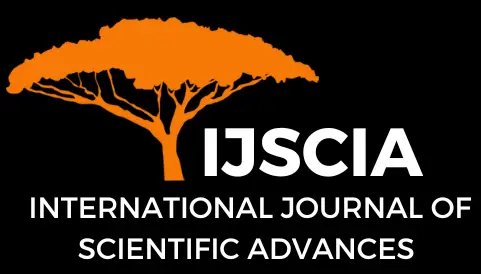Study of The Mechanical and Absorbent Properties of Lightweight Concrete (Foam Concrete) Reinforced with Waste Fillers
Ahmed J. Mohammed1*and Ibrahim K. Ibrahim2
Abstract
This research included the production and study of the mechanical properties (compression resistance), absorption and density of lightweight concrete (foam concrete), where different proportions of the raw materials used in the production of this type of concrete. The obtained results showed that the addition of waste paper filling powder reduces the spaces between the concrete chains, which reflects the high concrete ability to withstand the pressure imposed on it, and that the degree of homogeneity between both concrete and waste paper is high, and that this increases the compressive strength of the prepared models by an increase of (44.6 %), while the addition of waste iron wire fillers reduces the compressive strength of the samples prepared for light concrete. Several engineering and physical tests were conducted on lightweight concrete models in this research, where it was reached to produce light concrete with a compressive strength ranging between (1.18 – 2.43) MPa, and the density was measured and the recorded values ranged between (718-917) kg / m 3, the water absorbency of the models was recorded, and the recorded values ranged between (18.6-56.6)%. The research aims to produce lightweight concrete with good physico-mechanical properties that can be used in the manufacture of building units, with a focus on the economic aspect of producing this type of concrete from available materials and at the lowest possible cost. Various fillers and foam were used as a percentage of cement weight for the purpose of improving the properties properties mechanical.
Keywords
lightweight aerated concrete; fillers; mechanical properties; cement; foam; foam concrete
Cite This Article
Mohammed, A. J., Ibrahim, I. K. (2022). Study of The Mechanical and Absorbent Properties of Lightweight Concrete (Foam Concrete) Reinforced with Waste Fillers. International Journal of Scientific Advances (IJSCIA), Volume 3| Issue 4: Jul-Aug 2022, Pages 668-672, URL: https://www.ijscia.com/wp-content/uploads/2022/08/Volume3-Issue4-Jul-Aug-No.330-668-672.pdf
Volume 3 | Issue 4: Jul-Aug 2022



